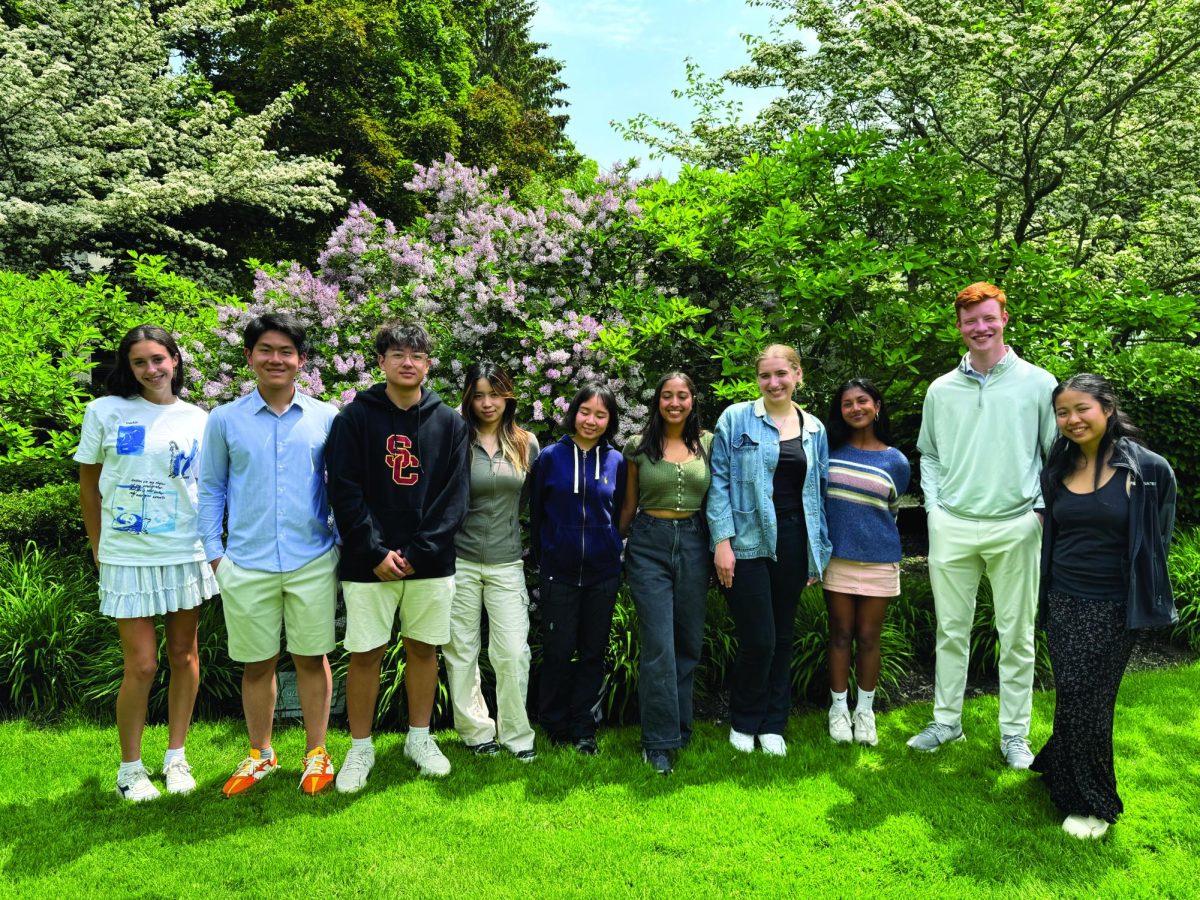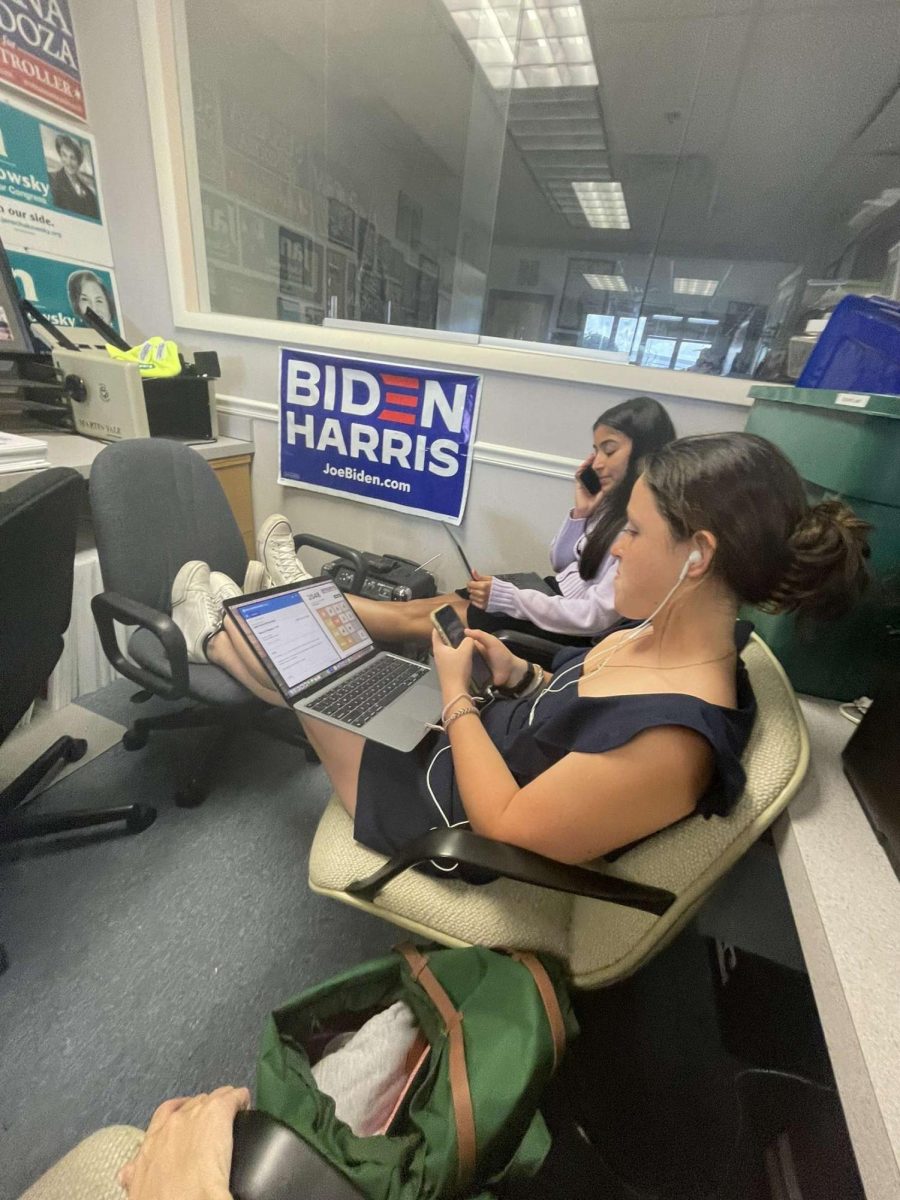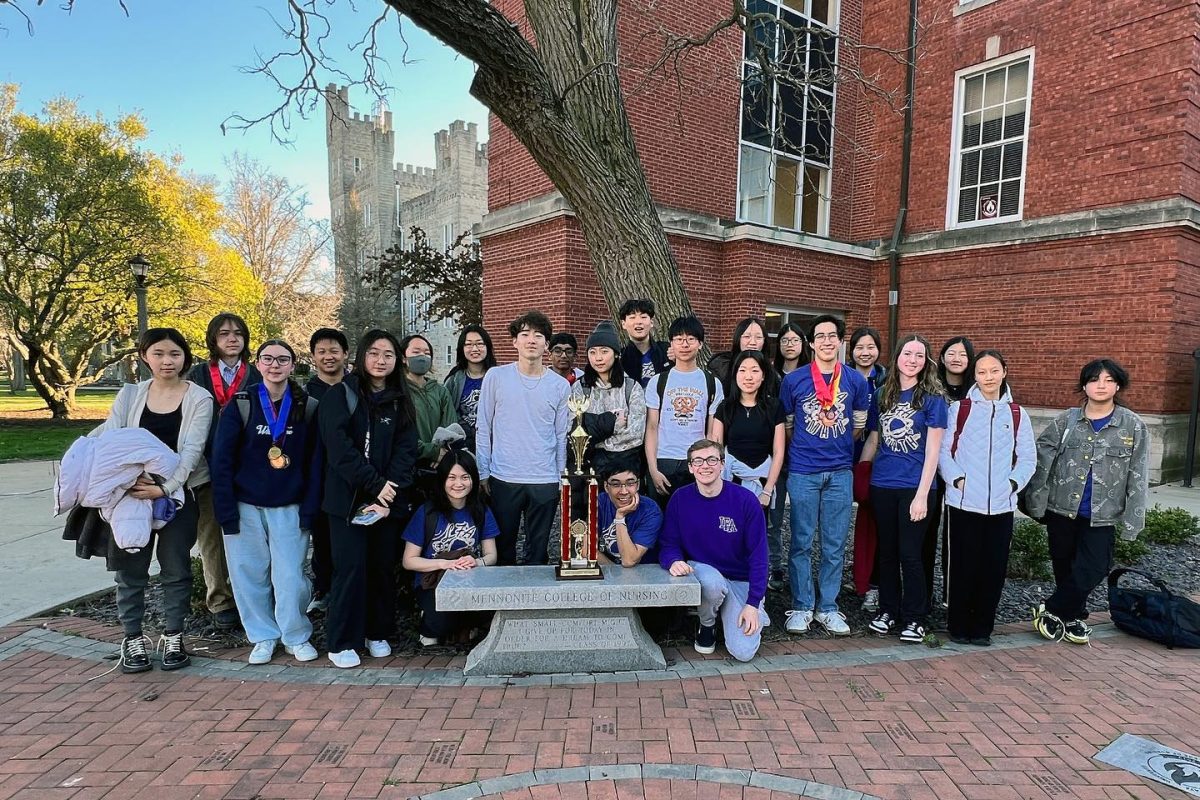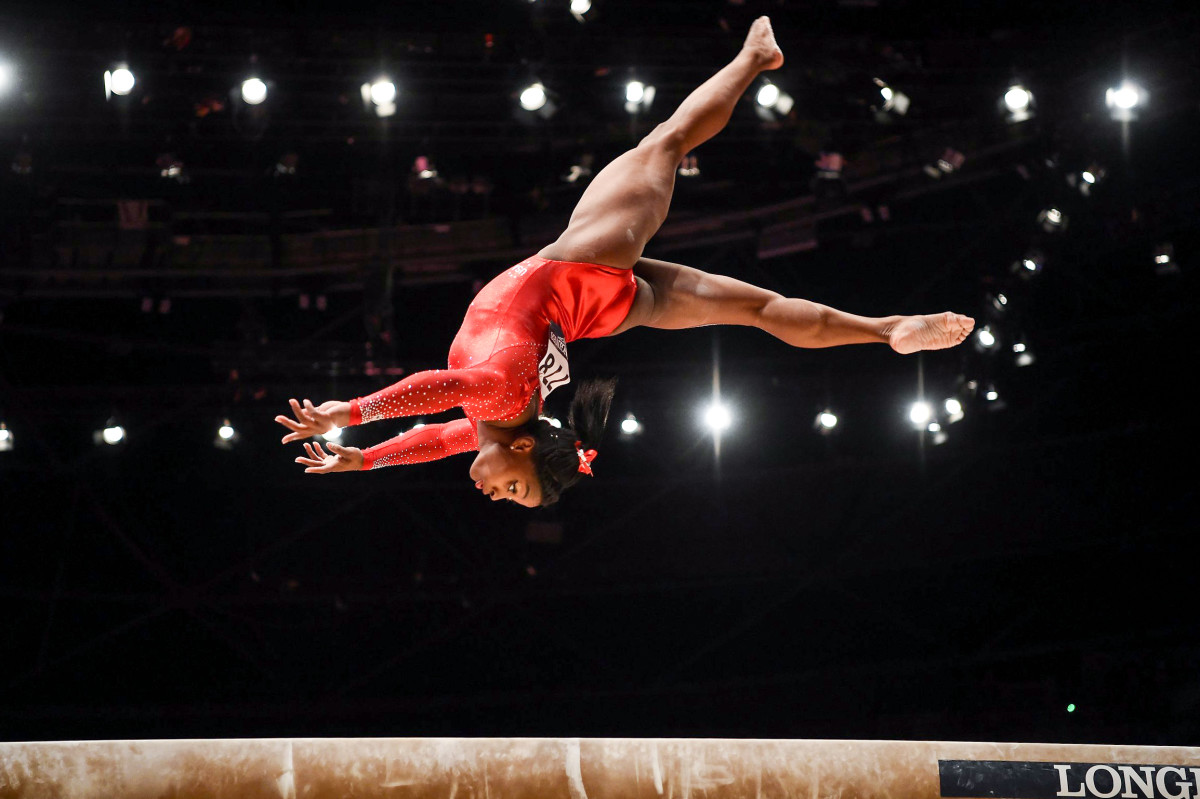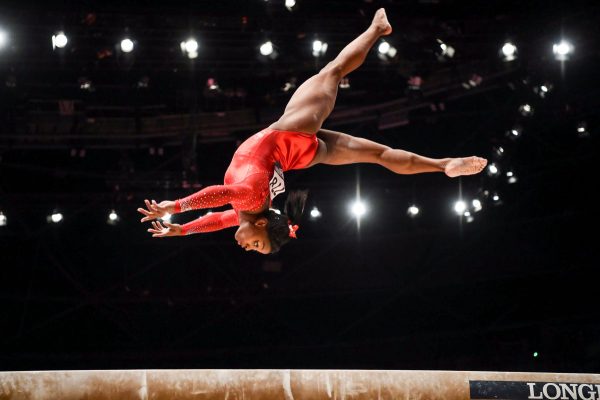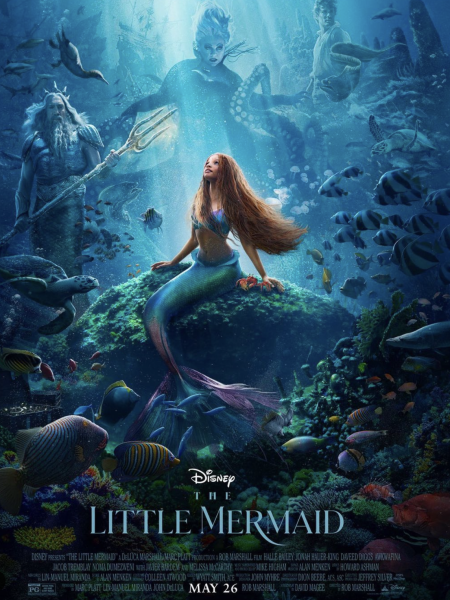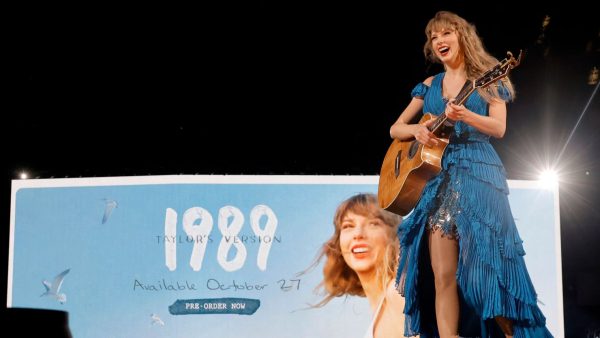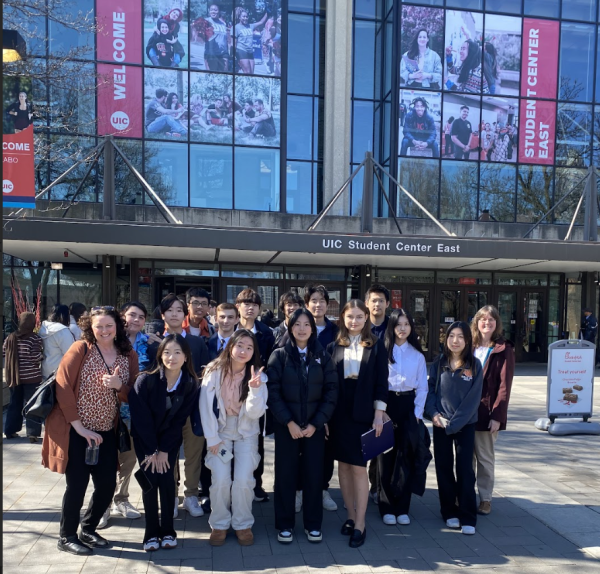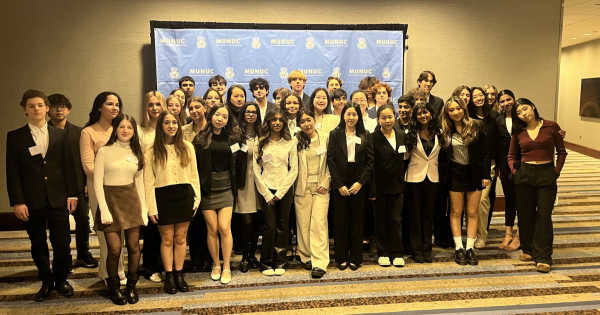Arts to try next time you’re in a rut
April 26, 2022

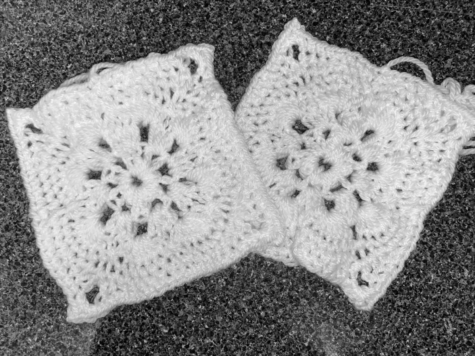
Expression is essential to life. As humans, it is up to us to find ways to express ourselves, with the most common form being through art. Yet, the word “art” itself is such a broad term. Because of this, I’ve compiled and judged several art mediums in order to help guide you on your path of expression. Although there are many more art mediums that aren’t included in this article. These are only some of the ones I have experience with.
Painting is a satisfying experience, and if done right, shouldn’t be overtaken by frustration. A painting can be as abstract as the artist wants it to be, or they may seek perfectionism in detail. You find out a lot about yourself through painting – it’s how you see the world, as either a spectrum of emotions or a scene from a movie; painting is a meditative process.
Acrylic Painting: Acrylic paints are easily accessible, and can be found at art stores and stores such as Walmart. Some drawbacks include the lack of opaqueness in cheap paints (often, no matter how much paint you put on the canvas you can still see an outline). It also dries quickly on a palette and becomes unusable, which leads to a distinct argument on the environmental impact of acrylics, which as their name describes, are a type of plastic.
Oil Painting: Oil paints are also relatively available to most and can be found at Michael’s, although quality oil paints and brushes tend to be pricier. Oil paints don’t dry as quickly as acrylics, which can either serve as a benefit or a drawback depending on the artist’s preference. Although they are generally believed to be slightly better for the environment than acrylics, they still release harmful chemicals into the atmosphere.
Crochet: If you’ve ever seen me around campus, you know I love crocheting. Yarn and hooks can be found at craft stores such as Michael’s, and offer tons of versatility. Some possible projects include making cardigans, mug warmers, and blankets. It’s an easy skill to pick up if you have good wrist and finger control. It’s also rather forgiving because you can undo stitches and not lose any yarn if you make a mistake. It is a very repetitive process, which some find to be either appealing or frustrating. Another issue may be sore wrists, especially if you don’t warm up beforehand.
Glass: This medium is soothing when you take your time to make the perfect cut. Different textures and colors offer a wide range of possibilities. One of my personal favorite aspects of the process is using the sanding wheel and water to smooth out the edges. A main drawback to this medium is lack of accessibility, especially given the necessity of a kiln as part of the process (although, as a student at LFA, you luckily have access to one on campus). Another downside is potential scratches and cuts on your hands. Fortunately, this can be avoided by wearing gloves (I preface this because it may feel like you’re not as in control of your glass cutting when you’re wearing gloves).
Digital Music: With increased accessibility to modern technology, making music has become a much more affordable hobby. One doesn’t have to own expensive equipment or unique instruments to create sounds, although mastering an instrument may bring self-satisfaction. LFA’s Media Commons also has a recording studio that the community can utilize. Music is a flexible art, there’s no real structure to it while mocking existing patterns might be easiest for some. It forces you to pay attention to detail, whether that’s in making your beat-count perfect or finding a bass synthesizer that’ll add a beautiful hum to the background of your song. Music really has no disadvantages, except that it may be frustrating at first, especially if you have little to no prior experience with this art.


